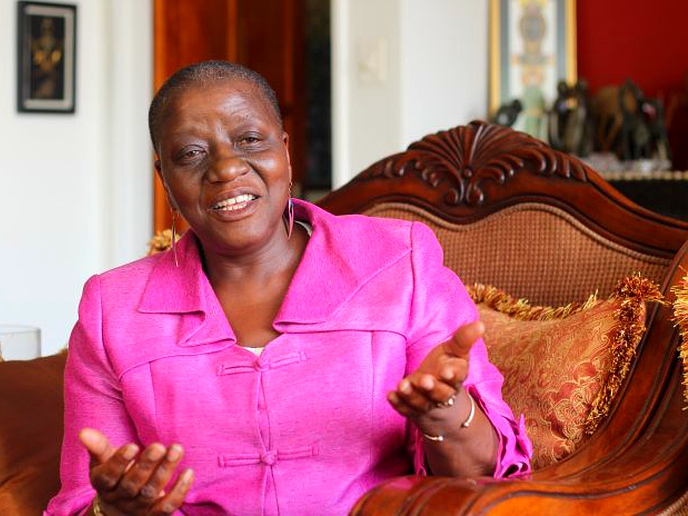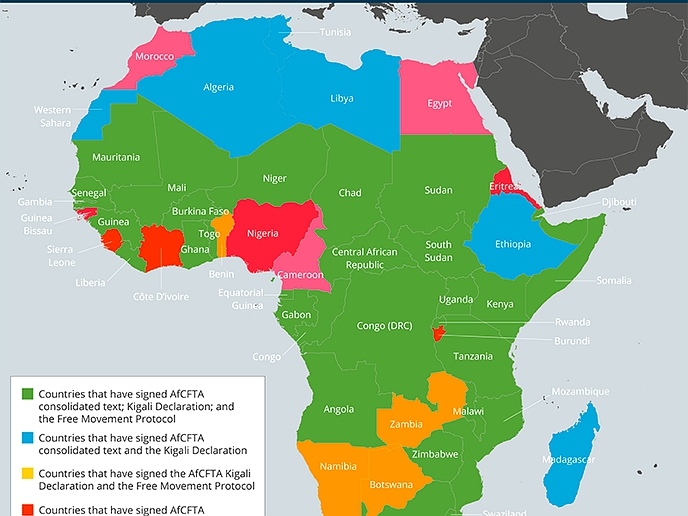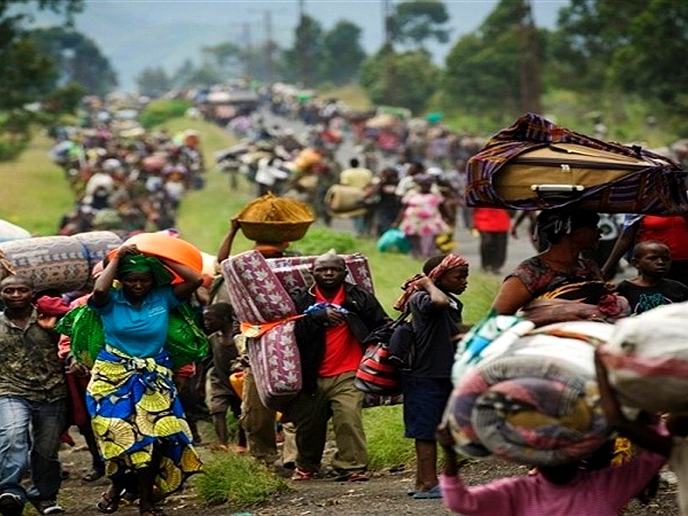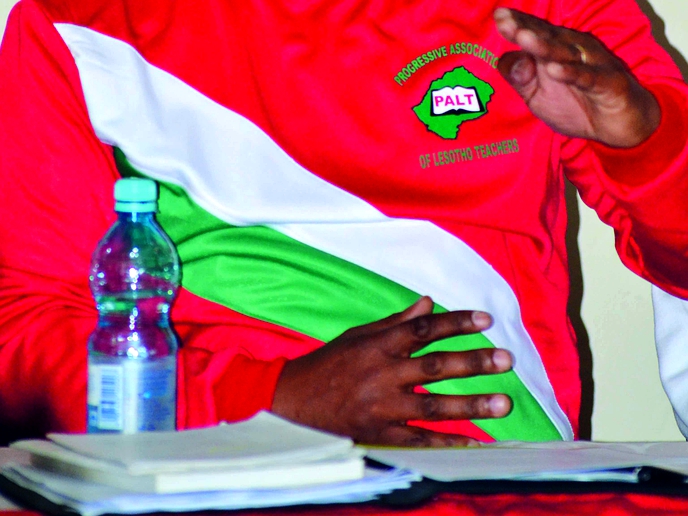Southern African leaders have approved a long-term vision that sets out the aspirations of the region until 2050 as well as a new strategic plan as they seek to further deepen regional integration over the next 10 years. The SADC Vision 2050 and Regional Indicative Strategic Development Plan 2020-2030 were approved by the 40th Ordinary Summit of the Southern African Development Community (SADC) which was held virtually on August 17 and hosted by Mozambique. “Summit approved the SADC Vision 2050, which is based on a firm foundation of Peace, Security and Democratic Governance, and premised on three interrelated pillars, namely: Industrial Development and Market Integration; Infrastructure Development in support of Regional Integration; and Social and Human Capital Development,” read a communique issued at the end of the summit.
business
Aug. 29, 2020
INNOCENT GORE
6 min read
SADC approves Vision 2050, RISDP 2020-30
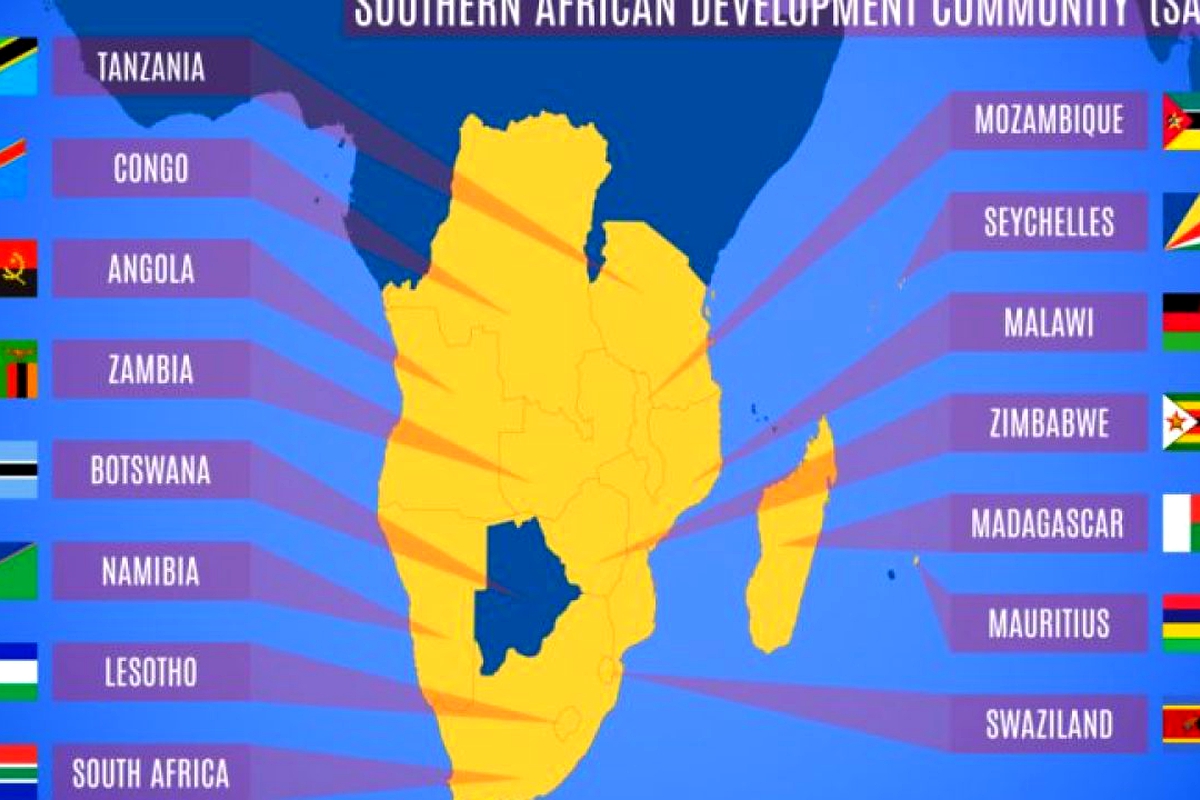
SADC States
“Summit also approved the Regional Indicative Strategic Development Plan 2020-2030 to operationalise the Vision 2050.”
The RISDP 2020-2030 replaces the Revised RISDP 2015-20 that lapsed in March 2020, according to SADC Executive Secretary Dr Stergomena Lawrence Tax.
The approval of the SADC Vision 2050 is the culmination of a long consultative process that began more than eight years ago when an extraordinary SADC Summit held in June 2012 in Angola decided that the region should develop a long-term vision that will be predicated upon the existing SADC vision “of a common future in a regional community that will ensure economic well-being, improvement of the standards of living and quality of life, freedom and social justice, and peace and security for the peoples of Southern Africa”.
The approved Vision 2050 sets out the long-term aspirations of SADC over the next 30 years while the RISDP 2020-30 outlines the proposed development trajectory for the region until 2030.
The 10-year strategic plan is informed by the aspirations as set out in the long-term vision.
Under the SADC Vision 2050, the region is expected to have five aspirations:
- Creation of a conducive environment to foster regional cooperation and integration and uphold fair/free movement of goods, people or labour, capital and services;
- Accelerated mobilisation of resources from within the region and external sources to fast-track the implementation of SADC policies and programmes, and a shift away from the current reliance on International Cooperating Partners towards a more diversified approach that is better integrated and complementary;
- Improved implementation of SADC policies and programmes through the effective realisation of roles and responsibilities undertaken by various actors and entities through institutional reforms at the levels of the SADC Secretariat, SADC National Committees and National Contact Points;
- Strengthened compliance by Member States through the implementation of effective compliance monitoring and assurance mechanisms to track progress in implementation of SADC programmes and compliance to Protocols and legal instruments. This will require regular review of the SADC RISDP 2020-30 to allow the effective and authentic application of variable geometry, facilitate active learning and the leveraging of relevant and emerging technologies; and
- Strengthening of visibility and awareness programmes as a means to trigger and maintain the interest, awareness and participation of the SADC citizenry and Member State officials responsible for driving the regional integration agenda.
Both the SADC Vision 2050 and RISDP 2020-30 envision a peaceful, middle- to high-income industrialised region, where all citizens enjoy sustainable economic well-being, justice and freedom.
The vision seeks to consolidate the Community by leveraging areas of excellence and implementing priorities to achieve sustainable and inclusive socio-economic development underpinned by good governance and durable peace and security in the region.
According to the vision, SADC Member States “commit to upholding the core principles of the Community, namely: the sovereign equality of all Member States; solidarity, peace and security; human rights, democracy and the rule of law; equity, balance and mutual benefit; and the peaceful settlement of disputes.”
The vision seeks the removal of all barriers to deeper regional integration, guided by the objectives and principles of the SADC Treaty and Common Agenda.
In building the foundation for Peace, Security and Democratic Governance, SADC envisions to remain a peaceful and stable region, which is seen as a necessary condition for ensuring the attainment of the objectives of socio-economic development, poverty eradication, and regional integration by 2050.
This is expected to be achieved, among other things, through the strengthening of the regional early warning systems as well as conflict prevention, management, and resolution mechanisms to enable the region to track and monitor political, security and socio-economic threats before they become serious problems.
It is envisaged that by 2050 SADC would have strengthened its collective defence and security system that is capable of safeguarding the territorial integrity of the region.
Under the Industrial Development and Market Integration pillar, the vision is for SADC to be an industrialised and integrated region where citizens equitably benefit from the opportunities of a stable regional market.
This target would be informed by the objectives of the African Union’s Accelerated Industrial Development for Africa, the Science, Technology and Innovation Strategy for Africa, African Mining Vision, Boosting Intra-African Trade and Comprehensive Africa Agriculture Development Programme and would be integrated into the broader African Continental Free Trade Area.
Enjoy our daily newsletter from today
Access exclusive newsletters, along with previews of new media releases.
By 2050, SADC undertakes to have an industrialised regional economy that is based on a competitive and facilitative environment, which includes robust infrastructure, skills development and the promotion of science, technology and innovation to ensure the sustainable exploitation of natural resources.
It is envisaged that by 2050 the SADC agricultural sector would have been transformed through mechanisation and other mechanisms in order to contribute to the sustainable management of the environment and natural resources.
The agricultural sector is regarded as an engine for socio-economic development in most SADC Member States, hence the drive towards deeper cooperation and collaboration to boost production and address food insecurity.
The SADC Vision 2050 and RISDP 2020-30 also envisage interconnected, integrated competitive blue and green economies that will be sustainably developed for the benefit of all SADC citizens.
Deepened regional market integration will be developed, together with deepened financial market integration, monetary cooperation and investment, as well as enhanced macroeconomic stability and convergence.
On the second pillar of Infrastructure Development in Support of Regional Integration, the target is that, by 2050, SADC would have efficient and effective cross-border infrastructure apparatus, services and networks to support and facilitate deeper regional integration and reduce or avoid transboundary conflicts.
The region envisions integrated and quality seamless infrastructure and networks, including improved capacity for construction, maintenance and operation of affordable regional infrastructure and services.
Under the third pillar of Social and Human Capital Development, SADC wants, by 2050, to have a high quality of life in which the citizens are well educated and enjoy long, healthy and productive lives that reinforce the link between economic growth and sustainable human development in order to end poverty in all its forms.
This strong and inclusive human capital base is expected to enable SADC citizens to play a pivotal role in socio-economic development through enhanced productivity.
Under this pillar, SADC seeks to strengthen and harmonised regional health systems for the provision of standardised and accessible health services to all citizens, improved food and nutrition security for the socio-economic wellbeing of people in the region.
In addition, the vision seeks increased access by SADC citizens to quality and relevant education and skills development, including in science and technology, and increased job creation with decent work opportunities for full and productive employment in the region.
Regarding the crosscutting issues of Gender, Youth and Climate Change, the vision is that, by 2050, SADC would be a community where citizens are treated equally, regardless of their gender, and where the youth are empowered.
SADC undertakes intensify gender equality, the empowerment and development of women, while there will be a robust and responsive regional statistical system to underpin regional integration processes, including measurement of progress and impact, by 2050.
The target is also to aim for improved youth empowerment and participation of young people in all aspects of social and economic development as well as strengthened climate change resilience and disaster risk management.
sardc
Tailored for you



